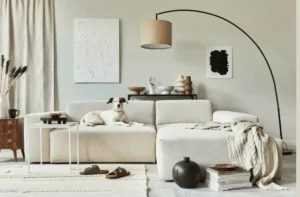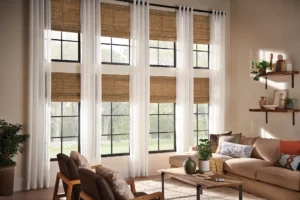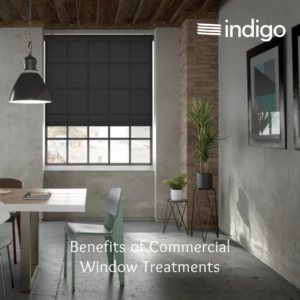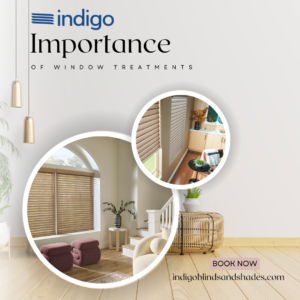What is Aesthetic Design?
Aesthetic Design is composed of elements such as form, shape, proportion, color, materials, finish, texture and typography that create a distinct visual personality. If you are looking for a trend on your shortlist — well this is a surefire bet for 2023! It’s futuristic, space-age style will use references from the heavens. According to Pinterest, searches for dystopian outfits, futuristic glasses, and cyber streetwear are up.
A vast array of design styles and trends exist simultaneously in the 2023 market place. Aesthetic Design Trends inform future trajectories that are most likely to influence how we design and experience products for the coming decades. When applied appropriately aesthetic design enhances the sophistication, functionality and overall value of a product.
Organic Minimalism
The original Minimalist style in product design was inspired by architecture. It was a movement away from extraneous decoration that stripped a product down to its necessary elements and no more. Organic Minimalism expands on the “less is more” philosophy by including restrained organic forms and seamlessly integrated interface elements. Restrained organic forms are surfaces that—while remaining uncluttered by extraneous detail—use curvature and subtle surface undulation to create a simple visual statement.
Real Materialism
This macro design trend is all about honesty in the application of materials in the construction of a product. Using real metal, wood, or carbon fiber instead of decorated plastic substitutes translates into a higher perceived value for your product and brand. The same goes for ceramics, textiles and other non-plastic materials. Examples of “honest” plastic would be high-gloss finishes, matte finishes, precision textures, elastic forms, amorphic surfaces and solid color employing the exciting variable of translucency.
Organic Textures & Patterns
This Aesthetic Trend is characterized by custom-designed surface textures and patterns that are organic in nature. Organic textures have visual flow and a softness about them that break from the strict linear grid patterns of modernism. These custom-designed surface details trace their roots back to the meticulous detailing of centuries’ old pottery and woodworking where handmade surface textures were applied as a means of personalizing and humanizing a man-made object. The examples that are proliferating today in product design draw inspiration from nature and have a tie into the functional story of the product such as a representation of moving air, flowing water or acoustic waves.
Organic textures and patterns add a warm and dynamic visual element that speaks to quality of craftsmanship and attention to detail. They also bring a touch of personalization and uniqueness to the product. Use of organic textures should be done in a way that reinforces a product’s character.
Functional Exposure
Perhaps inspired by the controversial Centre Georges Pompidou by architects Richard Rogers, Renzo Piano and Gianfranco Franchini, this trend is all about glorifying the inner workings of a product. Functional Exposure is all about revealing the traditionally hidden technology at the center of a product’s innovation.
Fractal
Much as the sleek forms of early aircraft influenced the streamlined design style of 1930-1950, the unconventional shapes of the Stealth fighter jets inspired a new Aesthetic Design Trend. This trend is characterized by flat, angular planes arranged in triangular or polygonal surfaces that are angled with respect to one another and meet at sharp edges. When paired with dark finishes it is decidedly masculine, aggressive, precise and high tech. The effect can also be toned down to create a more “friendly” product with the Fractal geometry being constrained to a singular surface allowing touchpoints that are more comfortable and approachable for the user.
PUSH
PUSH is a form language that employs tensioned surface treatments that have the appearance of a fabric stretched over a solid object. It can trace its roots back to the challenge of shrink wrapping a product’s interior components to achieve the minimal enclosure size. Depending on the scale and degree of severity, PUSH can be friendly or aggressive, soft or tough, minimizing or maximizing.
Summary
Aesthetics can be highly personal and subjective, making it easy to default to known formulas as a safe way to express a product’s form and function. Let Indigo Blinds & Shades help you find your Aesthetic Design Trends. Schedule Your FREE In-home / In-business Consultation HERE






